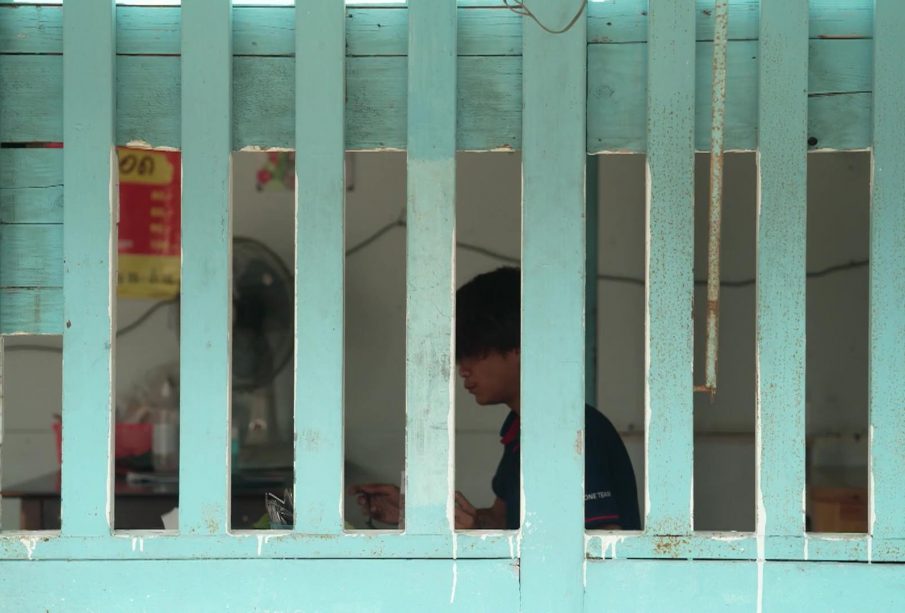Understanding Tihar Jail: A Look Into India’s Penal System

Introduction
Tihar Jail, located in Delhi, holds a significant place in India’s legal and penal landscape. Established in 1957, it is the largest complex of prisons in South Asia, a maximum-security facility designed to house a variety of offenders, from petty criminals to high-profile convicts. Its relevance extends beyond its geographical placement; it is a symbol of the country’s criminal justice system, often scrutinized for issues related to overcrowding, inmate rights, and rehabilitation.
Current Affairs Surrounding Tihar Jail
Recently, Tihar Jail has been in the news due to a series of developments. In October 2023, the jail administration announced the implementation of new reforms aimed at improving the living conditions of inmates. These reforms include enhancing medical facilities, increasing vocational training programs, and providing better access to legal assistance. Reports indicated that Tihar Jail was well over its capacity, housing approximately 16,000 inmates when designed for around 6,000.
Additionally, certain high-profile inmates, including political figures and corporate executives, continue to be housed in Tihar, raising discussions about the prison’s role in cases of corruption and financial fraud. The presence of these individuals has prompted scrutiny from both media and legal experts, questioning the efficiency and fairness of the judicial process.
Challenges and Criticisms
Despite efforts for reform, Tihar Jail has faced criticism for various reasons. Human rights activists often point to the conditions within the overcrowded cells and the regular reports of violence among inmates as significant issues. Furthermore, there have been calls for increased transparency and judicial oversight regarding the treatment of inmates.
Conclusion
The ongoing issues at Tihar Jail highlight the broader challenges faced by India’s penal system, including the need for comprehensive prison reform. As discussions continue regarding inmate rights and rehabilitation, it remains crucial for policymakers to devise strategies that address systemic problems while also ensuring justice is served. The future of Tihar Jail will likely revolve around enhancing reform initiatives, addressing overcrowding, and improving inmate welfare, which could ultimately serve as a model for prisons throughout India.









